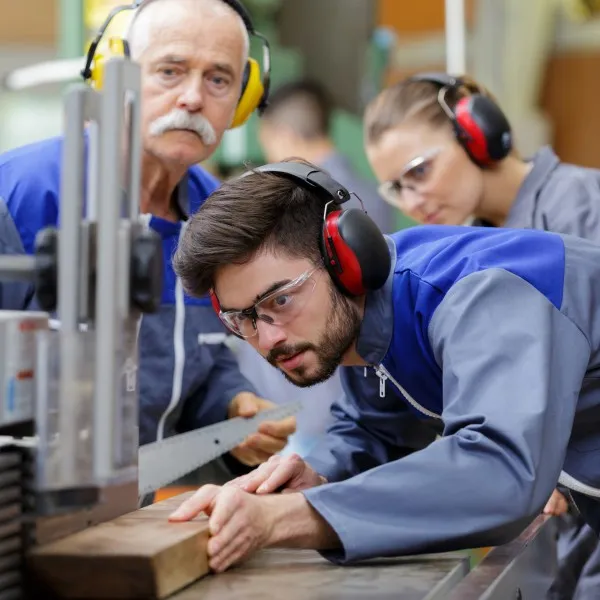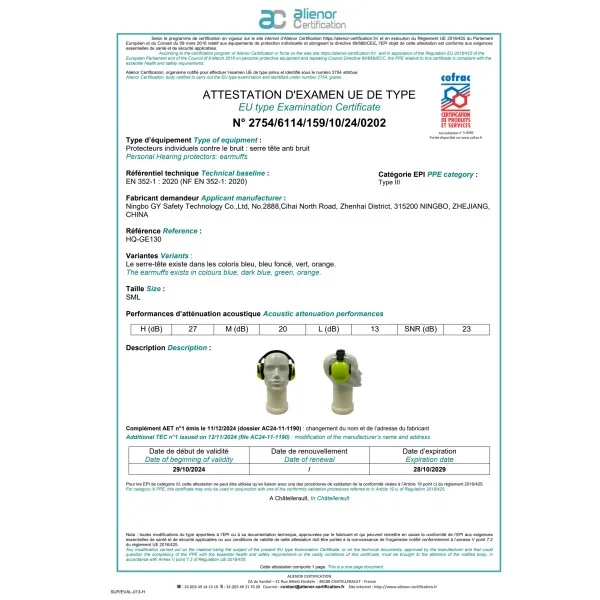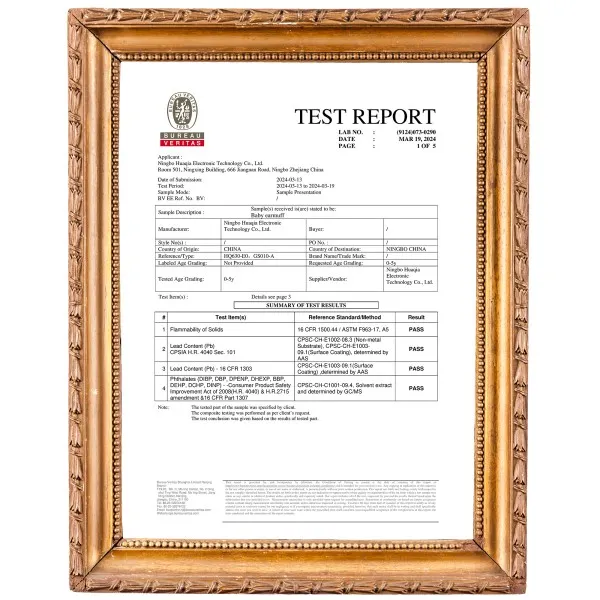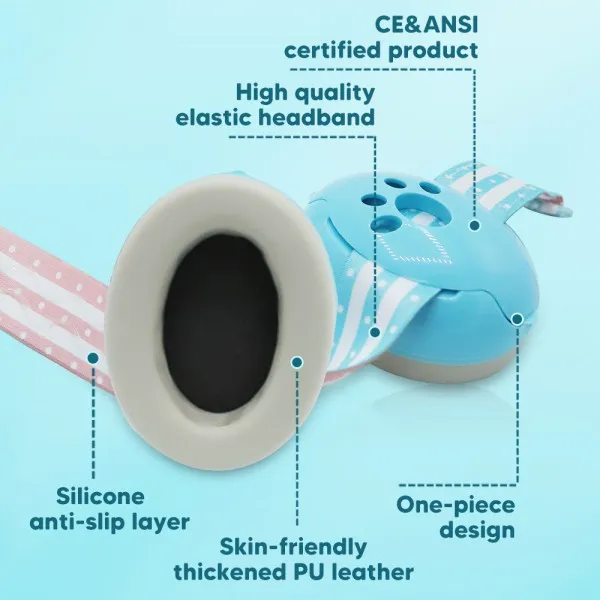
Choosing compliant earmuffs ensures workplace safety and avoids costly fines. Misunderstanding earmuff certifications risks non-compliance and hearing loss.
This guide details ANSI S3.19, CE EN352, EN71-3, and ISO 4869, explains how to verify earmuff safety certifications, and matches standards to scenarios (industrial, aviation, medical, kids). Select high-quality earmuffs with confidence using our expert insights.
Non-compliant earmuffs lead to:
Certified earmuffs ensure compliance and safety.


Ensure earmuffs meet regulatory standards with the following steps:
✔️ ANSI/CE logos clearly visible
✔️ Third-party test reports verified
✔️ Certification validity confirmed via official websites

Different scenarios have distinct earmuff certification needs:

Selecting earmuffs aligned with international certifications safeguards health, ensures compliance, and minimizes risks. Safe Muff earmuffs are designed and tested to ANSI S3.19, CE EN352, and EN71-3 standards, simplifying your procurement processes. Contact us at barbara@hqualitysv.com for certified, reliable solutions.